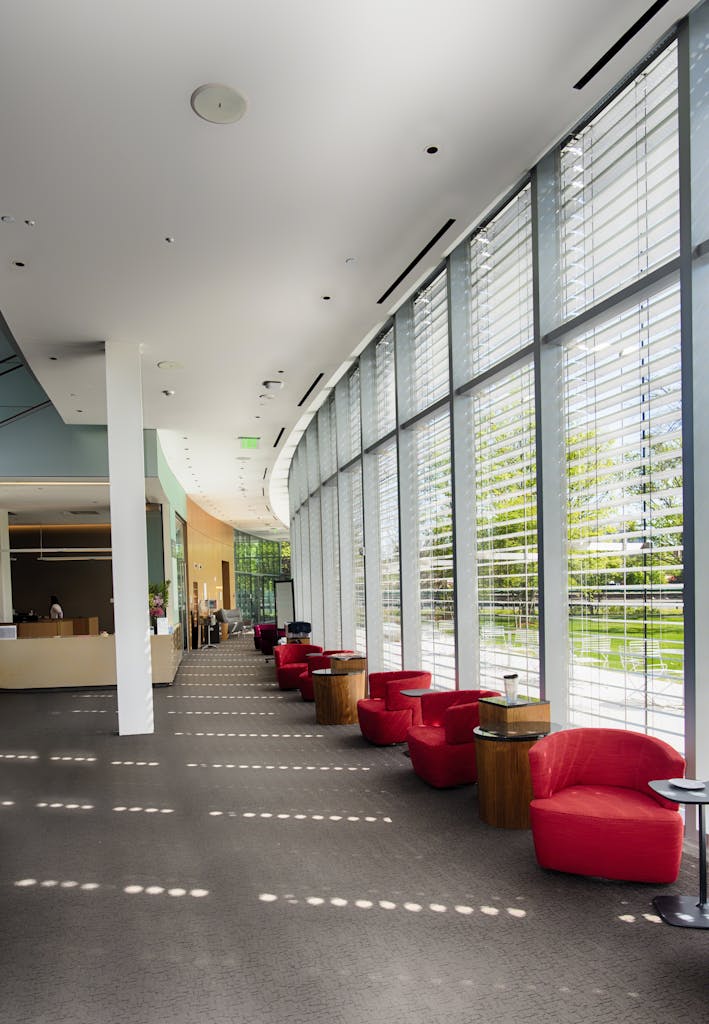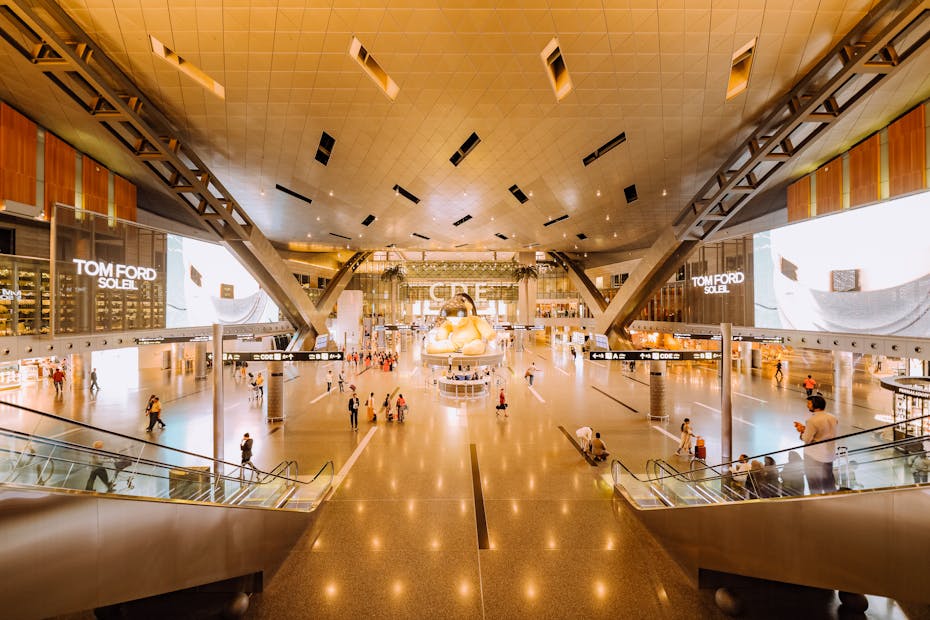Architecture doesn’t only shape space — it shapes behavior. While design is often celebrated for enhancing comfort, beauty, and functionality, it can also be used to control, manipulate, and restrict. In many institutional, corporate, or carceral settings, architectural decisions are intentionally made to disorient, confine, or regulate how people move and behave. This duality brings to light a darker side of spatial design, where control becomes a central function. In this article, we examine controlling architecture — from prison layouts to hostile urban design — and how space becomes a quiet tool of power.
What Is Controlling Architecture?
Controlling architecture refers to the intentional design of buildings or spaces that subtly or overtly regulate behavior. This can involve spatial constraints, limited visibility, forced paths of movement, or even psychological manipulation through lighting, materials, and scale. While some of this control is necessary — for safety, security, or organization — it becomes ethically questionable when it limits freedom, privacy, or well-being.
Examples of Spatial Control
- Panopticon Prison Design: Jeremy Bentham’s infamous concept used a circular layout to allow a single guard to observe all inmates without them knowing when they’re being watched — enforcing constant self-surveillance.
- Hostile Architecture: Public benches with dividers to prevent sleeping, or spikes on flat surfaces, aim to deter certain behaviors — often targeting unhoused populations.
- Corporate Layouts: Open-plan offices with glass-walled meeting rooms may encourage transparency — or constant surveillance.
- Airports and Government Buildings: Highly choreographed routes, limited seating, and constant signage reduce autonomy and increase reliance on authority.

Psychological Effects
Spaces designed with control in mind can have subtle but serious psychological impacts:
- Anxiety: Crowded layouts or lack of personal space can induce stress.
- Learned Helplessness: Over-designed environments strip users of choice.
- Disorientation: Mazelike or mirrored corridors reduce navigation and autonomy.
Even ceiling heights, lighting levels, and acoustics can contribute to a sense of oppression or compliance.
When Control Is Necessary — And When It’s Not
Controlling architecture is not inherently bad. Hospitals, airports, and schools often require strict circulation flows to function efficiently. But problems arise when design becomes a mechanism of exclusion, punishment, or surveillance — especially without user awareness.
Rethinking Control in Design
As architects and urban planners grapple with ethical design, awareness of spatial control is essential. Designers must question:
- Who benefits from this layout?
- Who is excluded?
- Is this space empowering or disempowering?
Design should aim for dignity, accessibility, and equity — not control for control’s sake.
Conclusion
Architecture is never neutral. Whether liberating or limiting, every spatial decision carries weight. Recognizing the tools of controlling architecture helps us understand how design can be used for — or against — human freedom. By unveiling the hidden power of space, we can begin to design environments that support autonomy, not oppression.
